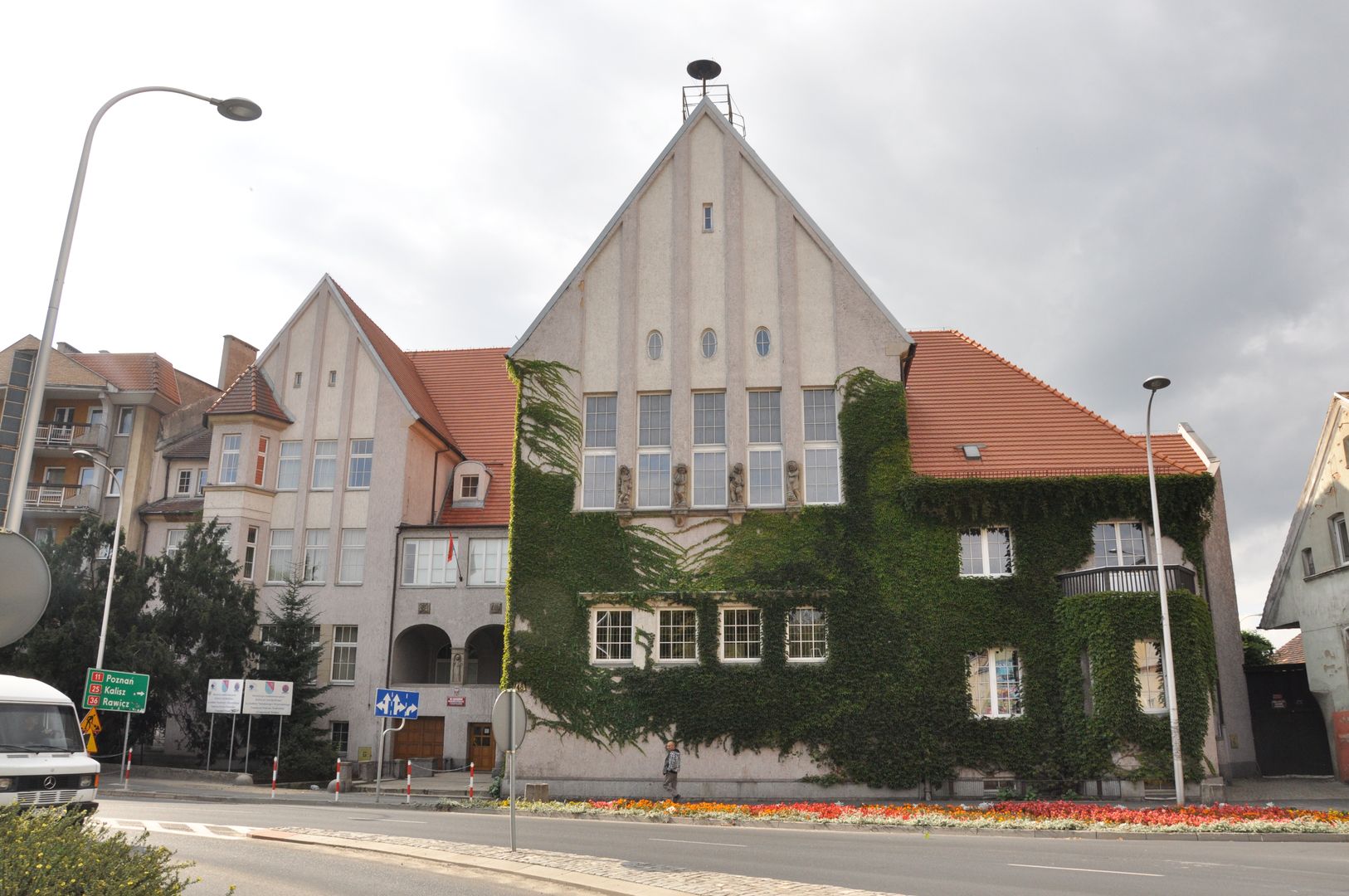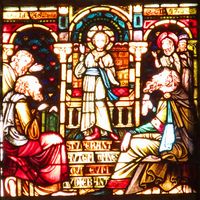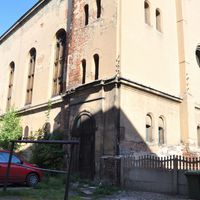Ostrów Wielkopolski
7.18

Overview
Ostrów Wielkopolski, located in the Greater Poland Voivodeship, is a city with a rich history dating back to the Middle Ages, when defensive strongholds existed here. The etymology of its name refers to the topography of the area – "ostrów" means an island among wetlands. The city gained municipal rights in 1713, and its development accelerated with the construction of a railway junction in 1875. Ostrów suffered significant destruction, including a great fire in 1579 and damage during World War II when it was under German occupation. After the war, the city developed dynamically, and its population grew to around 70,000 in 2022. The city's architecture features notable sites such as the Church of Our Lady Queen of Poland, the town hall from 1828, the New Synagogue, and the neo-Romanesque Co-Cathedral of St. Stanislaus the Bishop. Ostrów is also home to historic cemeteries, including the Old Cemetery from 1784, considered one of the oldest active cemeteries in Poland. The city is an important cultural center, with institutions such as the Museum of the City of Ostrów Wielkopolski and numerous cultural events, including music and theater festivals. Regular events held in Ostrów include the International Chopin Festival in Autumn Colors and the Jimiway Blues Festival. An interesting fact is the so-called Republic of Ostrów from 1918, when Poles took over the city without bloodshed. Ostrów also has a well-developed transport infrastructure connecting it to major cities, and the surrounding area hosts sporting events, including speedway championships. Residents and visitors can enjoy many green spaces and parks, such as the 3rd May Park and the Piaski-Szczygliczka Culture and Recreation Park. Ostrów ranks among the leading cities in the Kalisz-Ostrów Industrial District, and its economy is based on the electrical engineering, wood, and agri-food industries, making it a significant local industrial center.
Location
2025 Wizytor | All Rights Reserved

